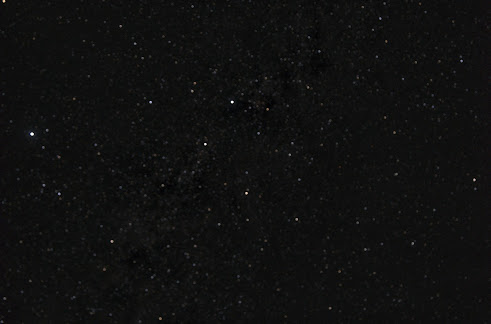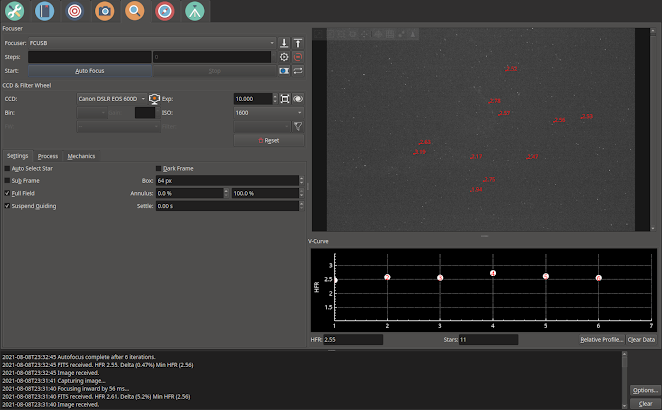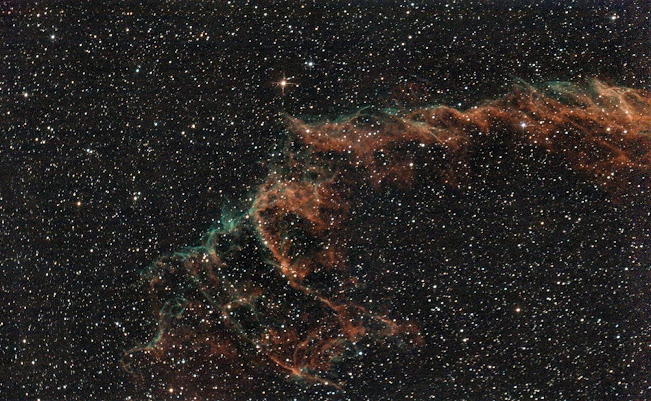Vacation Astrophotography -- Resurrecting the TriggerTrap

After the Trigertrap app was abandoned (open sourced, but no clear support on Google Play with any releases), I had few hopes of using my Olympus OMD-EM5 for astrophotography without some other new dongle. However, on a lark, I tried the original Triggertrap dongle and adapter cable with my current Samsung S10e using the MIOPS Mobile app. They sell a similar (identical?) dongle which is supported by their Android app. Remarkably, it worked flawlessly. Since this was a vacation to the Outer Banks with a week's weather forecast with clouds and a full moon, I didn't bother transporting a mount and telescope. However, I did find one clear evening (before the moon rose too high) to test out the old Triggertrap dongle with the OMD-EM5 @ ISO 2500 using the (poor quality) original PEN-1 14-42mm kit lens . Set the camera on a table pointed at zenith with Cygnus in view overhead. The OMD-EM5 was set at factory default to collect a dark image of the same length as the light and a



